On March 21, 2025, the Vocational College of Hospitality and Tourism Maribor (VSGT Maribor) embarked on a unique journey through Maribor’s edible trees as part of the ForestWell project. This initiative, coordinated at the EU level, aims to highlight the importance of forest tourism, gastronomy, and wellness. The event coincided with the International Day of Forests, celebrated under the motto "Forest and Food."
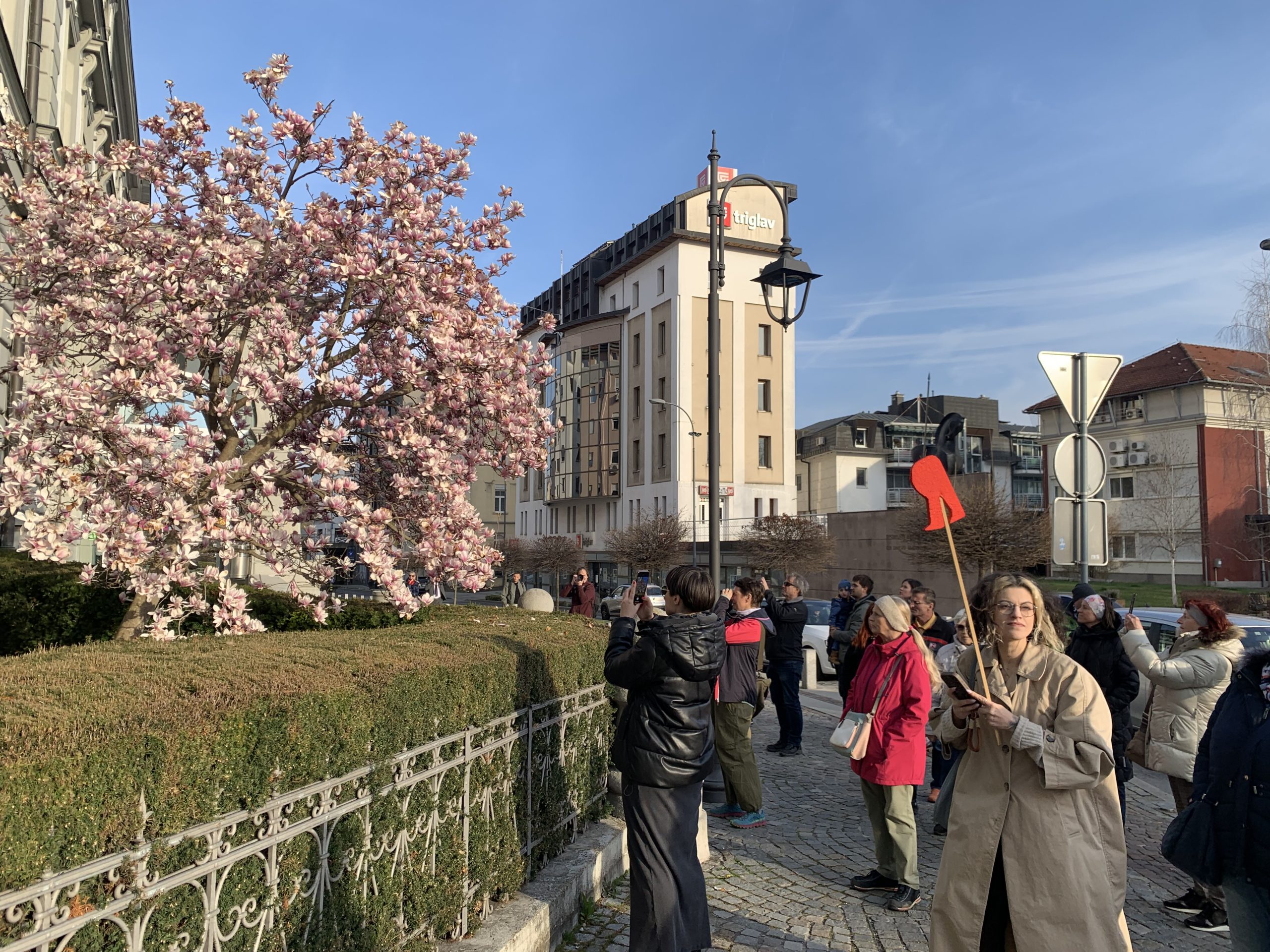
Photo 1: Guided tour with botanical description and its culinary uses (Photo Credit: Borut Ambrožič)
The Significance of Forests
Forests play a crucial role in the lives of over five billion people worldwide by providing food, medicine, and livelihoods. In some regions, forests contribute up to 20% of rural household income. The ForestWell project emphasizes the importance of forests in ensuring food security, especially during times of crisis or scarcity.
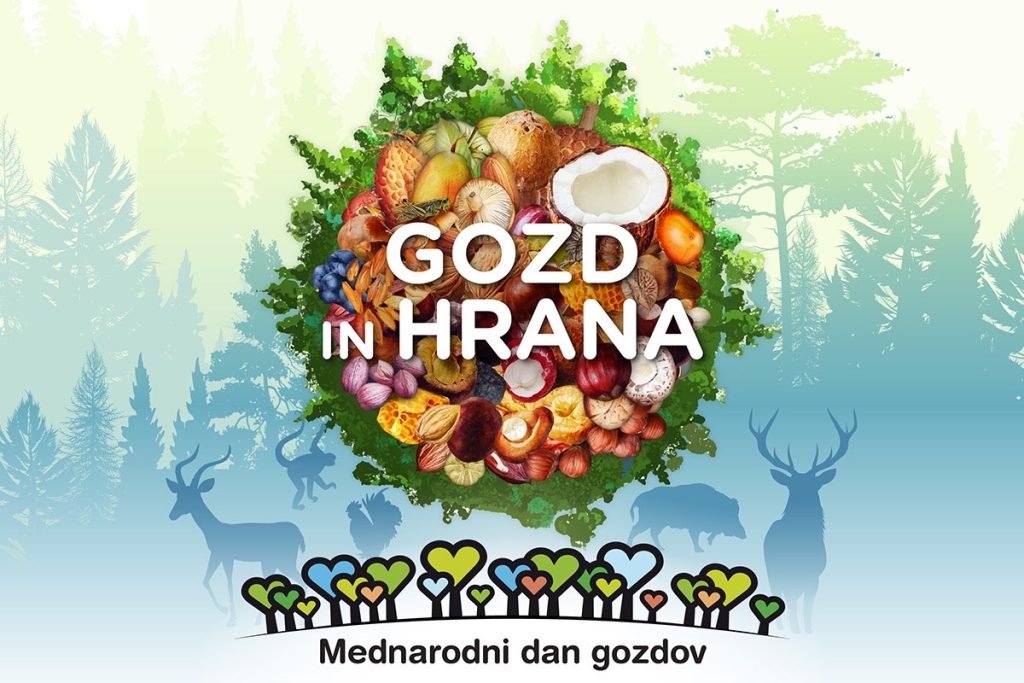
Photo 2: »Forest and food« International forests day
The Edible Trees of Maribor
During the guided tour, participants explored ten tree species found in the wider city center of Maribor. Each tree was introduced with a botanical description and culinary description. The following are some of the highlights.
1. Drooping Willow (Salix x sepulcralis ‘Chrysocoma’)
Location: Between the Old Bridge and the new footbridge on Lent in Maribor
Recipe: Willow catkin biscuits
Description: Willows are deciduous trees that are known for their rapid growth and medicinal properties. Biscuits made from willow catkin flour are a unique treatment method.
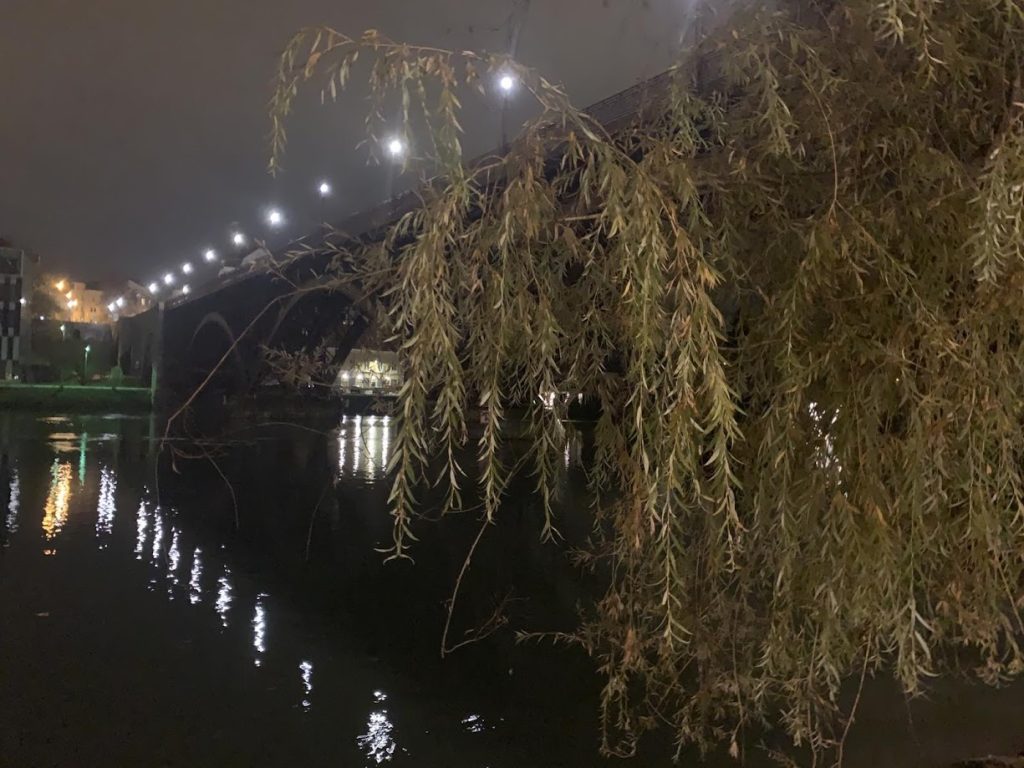
Photo 3: Droping willow in Maribor (Photo Credit: Borut Ambrožič)
2. Almond Tree (Prunus dulcis)
Location: At the Almond restaurant, Kneza Koclja street in Maribor
Recipe: Garlic pesto with almonds
Description: Almonds are versatile ingredients that are rich in calcium and beneficial for digestion. Garlic pesto with almonds is a flavorful addition to any meal.
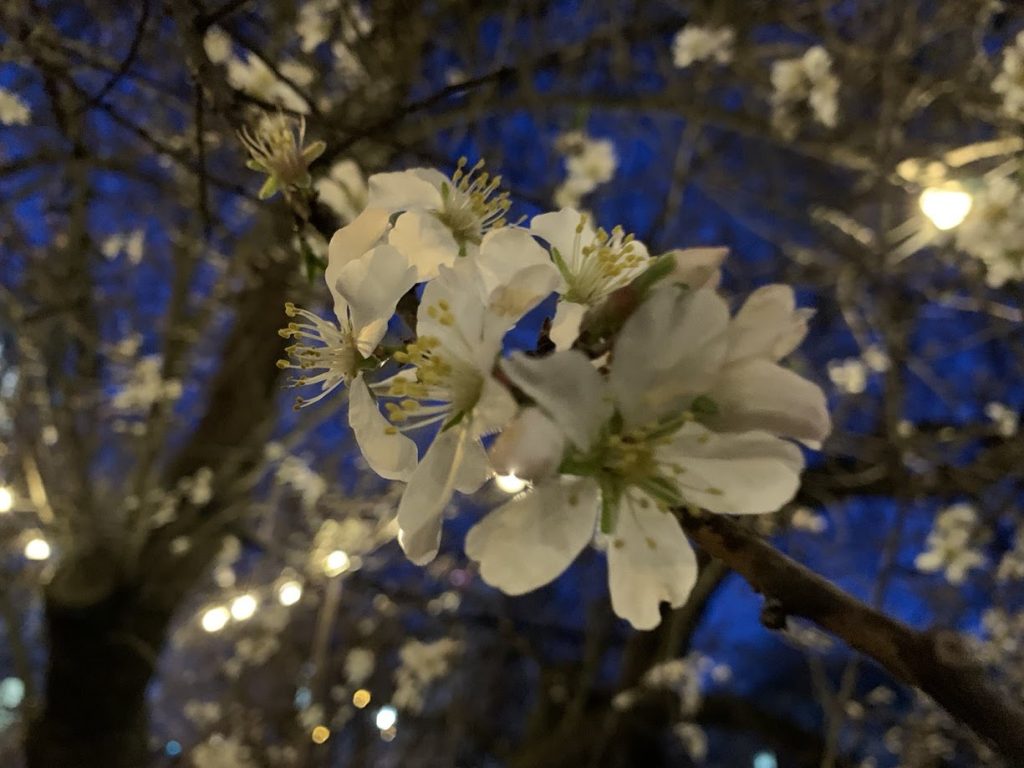
Photo 4: Almond tree in Maribor (Photo Credit: Borut Ambrožič)
3. Linden (Tilia platyphyllos)
Location: By the National Liberation Front monument, Square of Freedom
Recipe: Hot lemonade with linden blossom tea
Description: Linden flowers are known for their medicinal properties and are used to make soothing tea and honey.
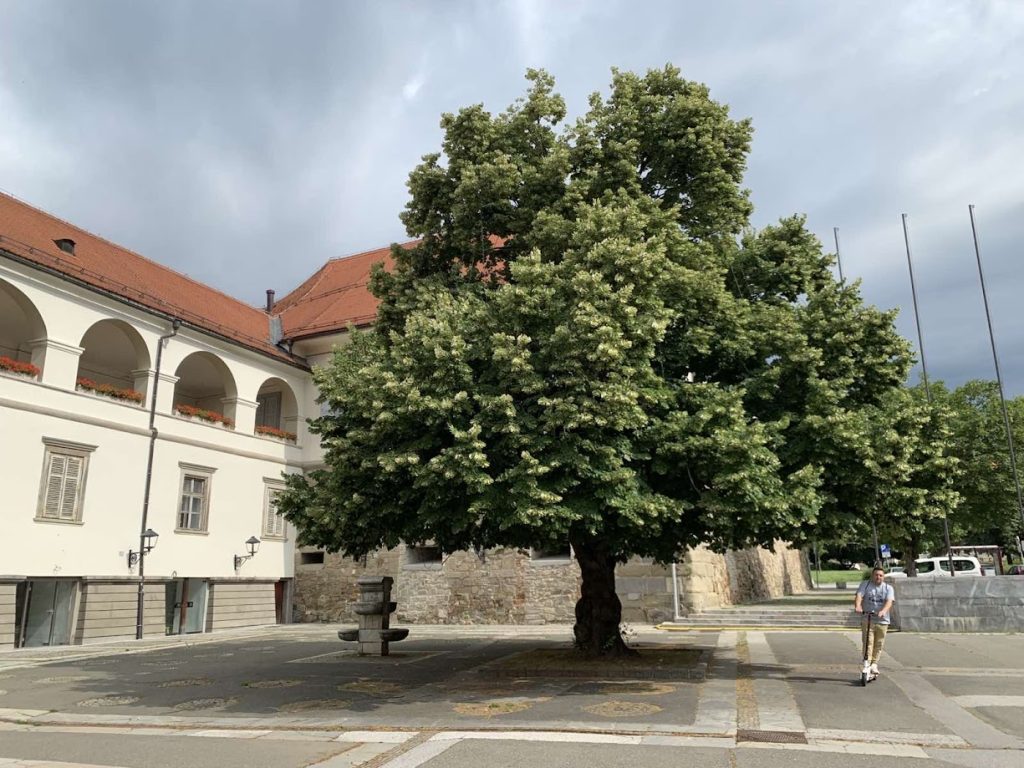
Photo 5: Linden tree (Photo Credit: Borut Ambrožič)
4. Ginkgo Biloba (Ginkgo biloba)
Location: Maribor Castle
Recipe: Ginkgo seed jam
Description: Ginkgo trees are ancient and long lived. Once properly prepared, seeds can be used to create a unique jam.
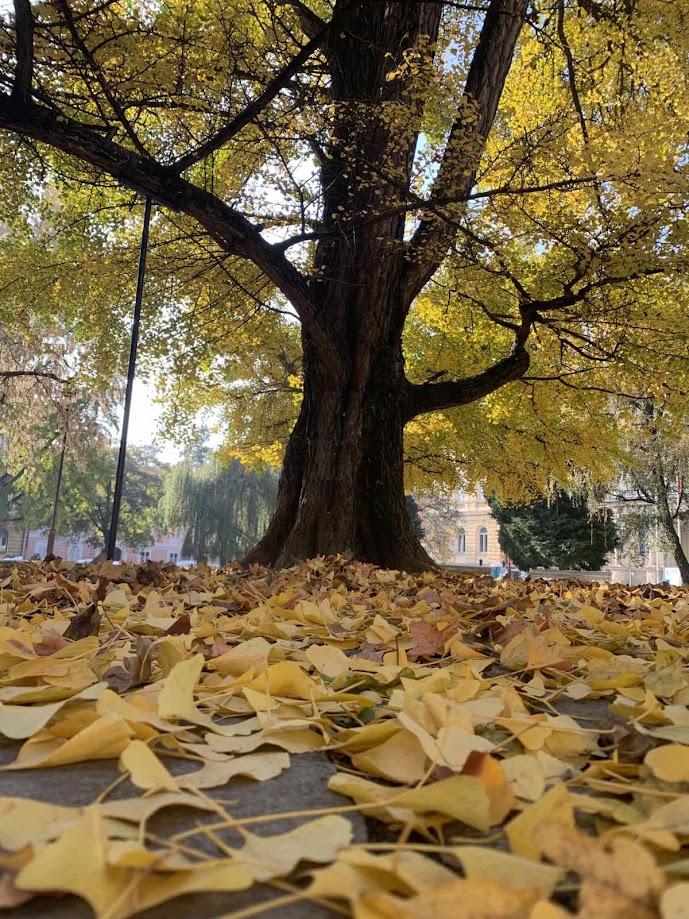
Photo 6: Ginko Biloba tree (Photo Credit: Borut Ambrožič)
5. Common Yew (Taxus baccata)
Location: General Maister square – park at Gymanisum
Recipe: Yew jam
Description: Yew berries, although toxic in parts, can be used to make jams when the seeds are carefully removed.
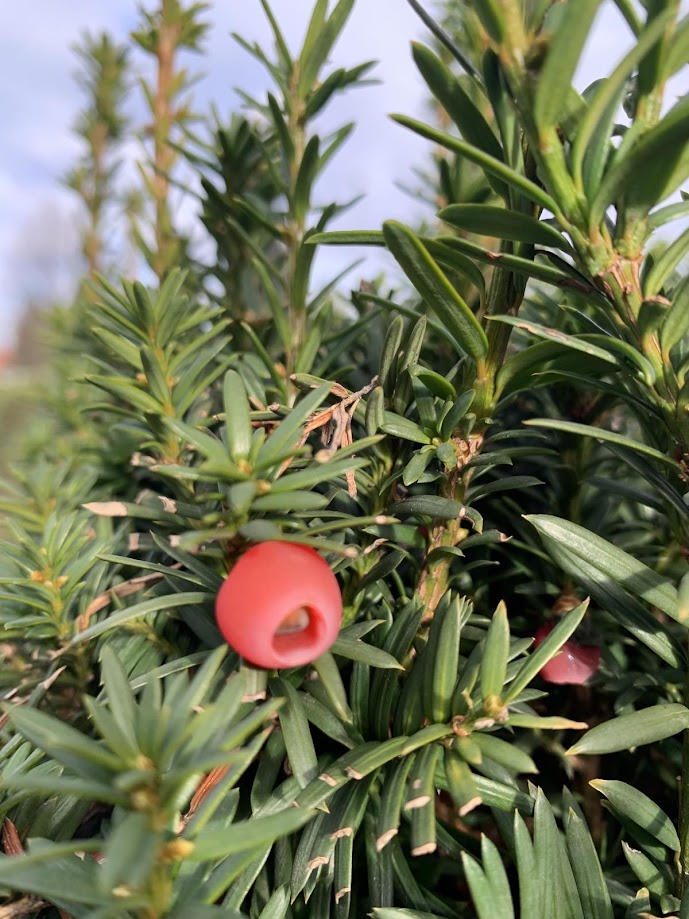
Photo 7: Common yew tree (Photo Credit: Borut Ambrožič)
6. Sulanž` Magnolia (Magnolia x soulangeana)
Location: Park at the Museum of National Liberation Maribor
Recipe: Pickled magnolia flowers in vinegar
Description: Magnolia flowers are pickled in vinegar in some cultures, adding a unique flavor to dishes.
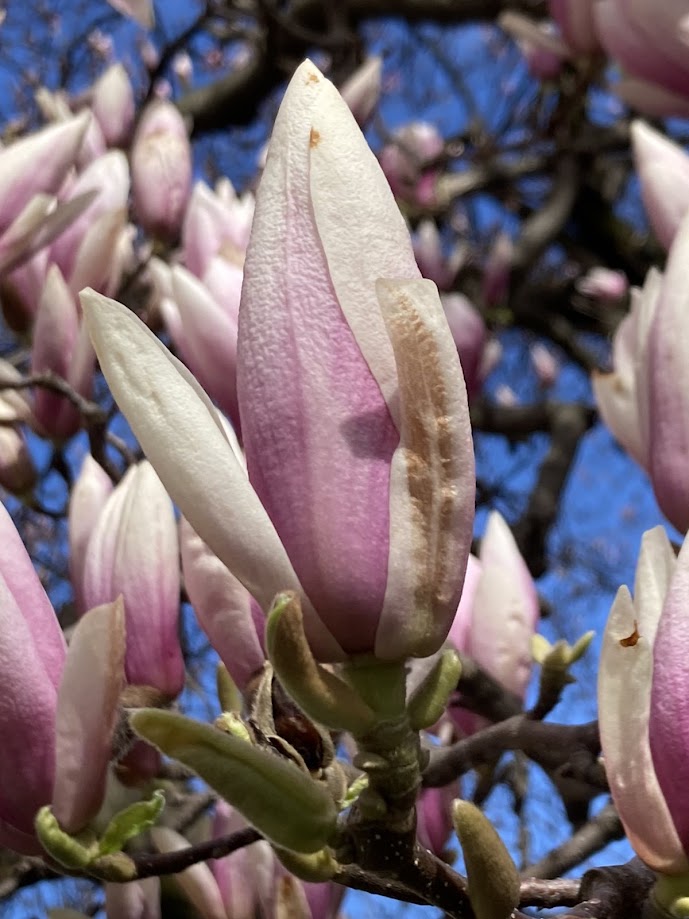
Photo 8: Magnolia flower (Photo Credit: Borut Ambrožič)
7. Spruce (Picea abies)
Location: Maribor City Park - several locations
Recipe: Spruce oil
Description: Spruce needles can be used to make oil, which is beneficial for salad dressings or drizzling over ice cream.

Photo 9: Spruce (Photo Credit: Borut Ambrožič)
8. Red Pine (Pinus sylvestris)
Location: Maribor City Park - opposite the school dispensary
Recipe: Pine needle liqueur
Description: Pine needles are used to make a refreshing liqueur that is perfect for a unique drink.
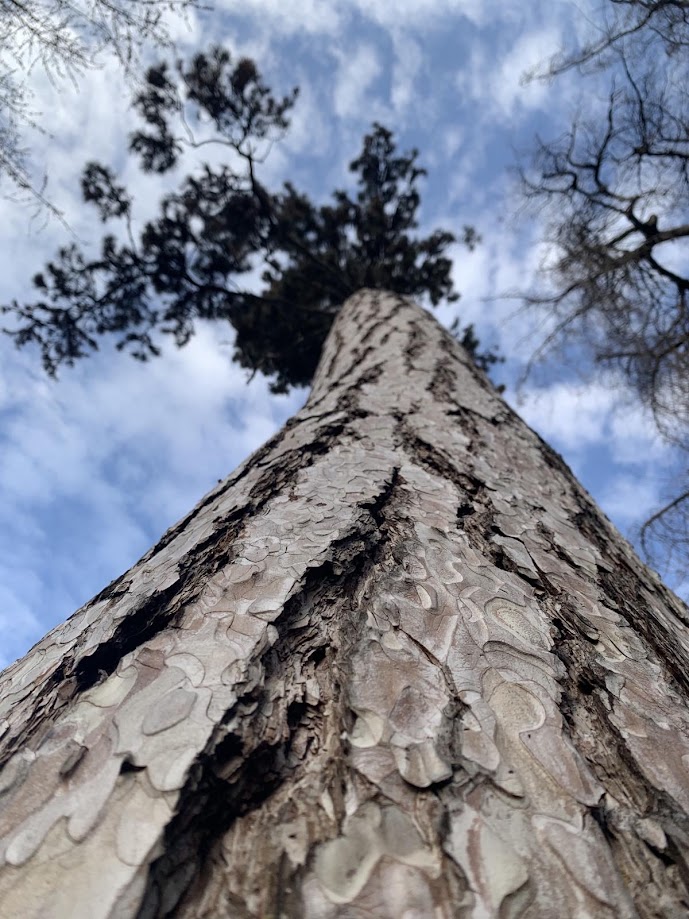
Photo 10: Red Pine tree (Photo Credit: Borut Ambrožič)
9. Beech (Fagus sylvatica)
Location: Maribor City Park - in the vicinity of the Rose Hill
Recipe: Acorns coffee
Description: Beech nuts can be used to make coffee, offering a nutty and rich flavor.
(Photo Credit: Borut Ambrožič)
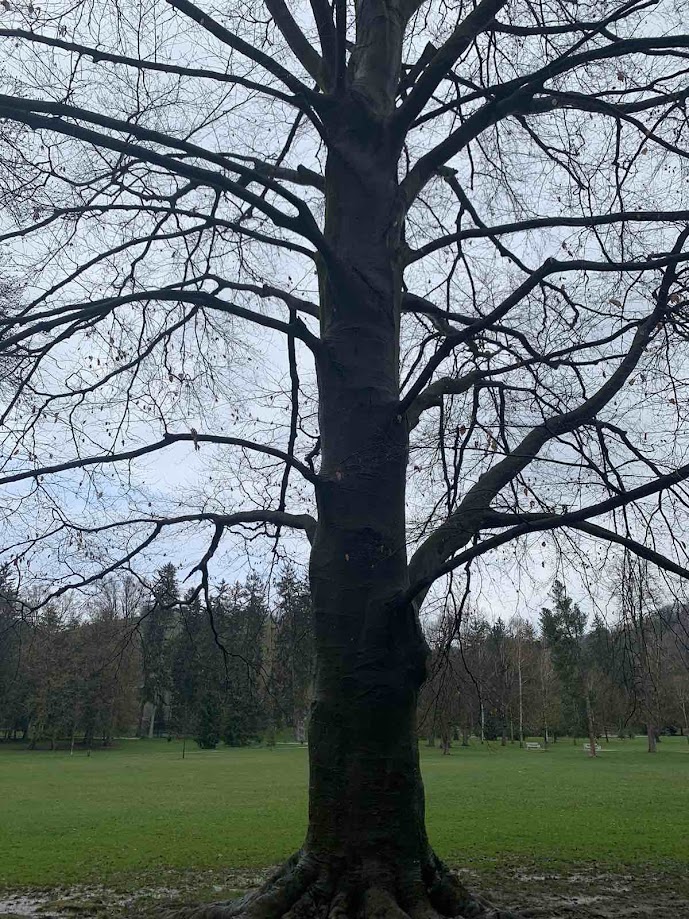
Photo 11: Beech tree
10. Common Birch (Betula pendula)
Location: Various locations
Recipe: Rice rolls with birch leaves
Description: Birch leaves are edible and can be used in salads or wraps for rice rolls.
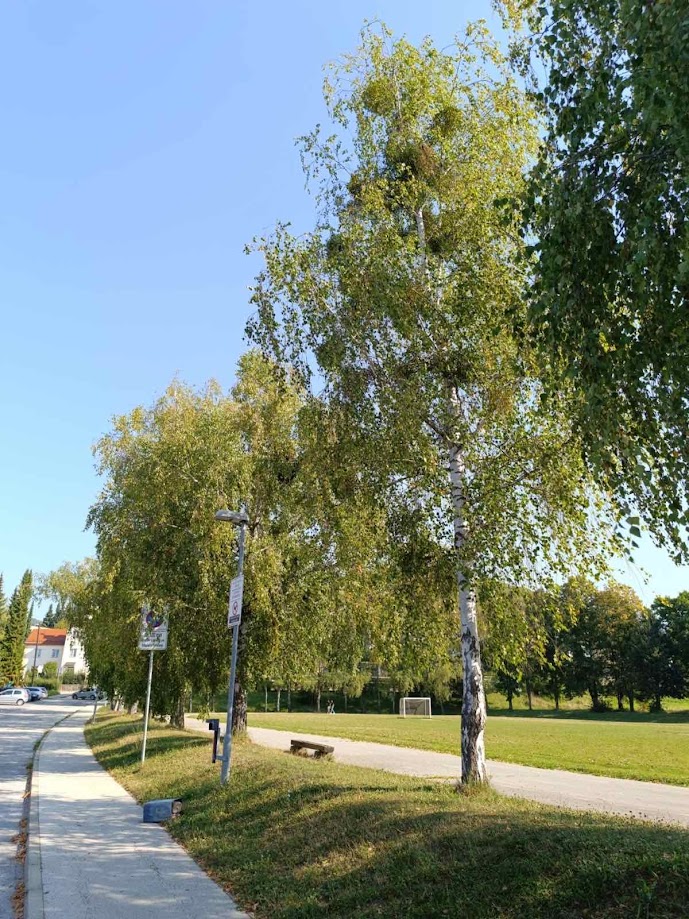
Photo 12: Common birch tree (Photo Credit: Borut Ambrožič)
Try this recipe:
RECIPE FOR YEW JAM
500 g yew berries (without seeds!)
300 g apples or pears (for better texture and pectin)
300 g sugar
1 lemon (juice and zest)
1 dcl water
1 teaspoon vanilla extract (optional)
Preparation of yew fruits
The seeds were carefully removed, and only the red-fleshy part of the fruit was used.
Wash under running water.
Peel the apples or pears, remove the pips, and cut them into pieces.
The fruit, fruit, sugar, lemon juice, zest, and water were placed in pots.
Cook over a moderate heat for approximately 30-40 minutes until everything is soft.
Puree or blend with a stick blender, if desired.
Just before the end of cooking, vanilla extract was added.
Would you like more recepies, follow us on the wepage news!
Conclusion
The journey through the edible trees of Maribor, organized by the Vocational College of Hospitality and Tourism Maribor (VSGT Maribor) as part of the ForestWell project, has been a remarkable exploration of nature's culinary treasures. This initiative, aligned with the International Day of Forests, underscores the vital role that forests play in providing food, medicine, and livelihoods to billions of people worldwide.
Participants had the opportunity to learn about ten different tree species found in Maribor's city center, each offering unique culinary possibilities. From willow catkin biscuits to pine needle liqueur, these recipes showcase the diverse and nutritious options available from trees. The event highlighted the importance of forests in ensuring food security, especially during times of crisis or scarcity.
The ForestWell project not only promotes forest tourism, gastronomy, and wellness but also encourages sustainable and creative use of forest resources. By exploring the edible trees of Maribor, we gain a deeper appreciation for the natural heritage of the city and the potential of forests to enrich our diets and lives.
As we continue to discover and utilize the edible parts of trees, we will contribute to a more sustainable and resilient future. Culinary adventure through Maribor's edible trees is a testament to the innovative ways we can connect with nature and celebrate its bounty.